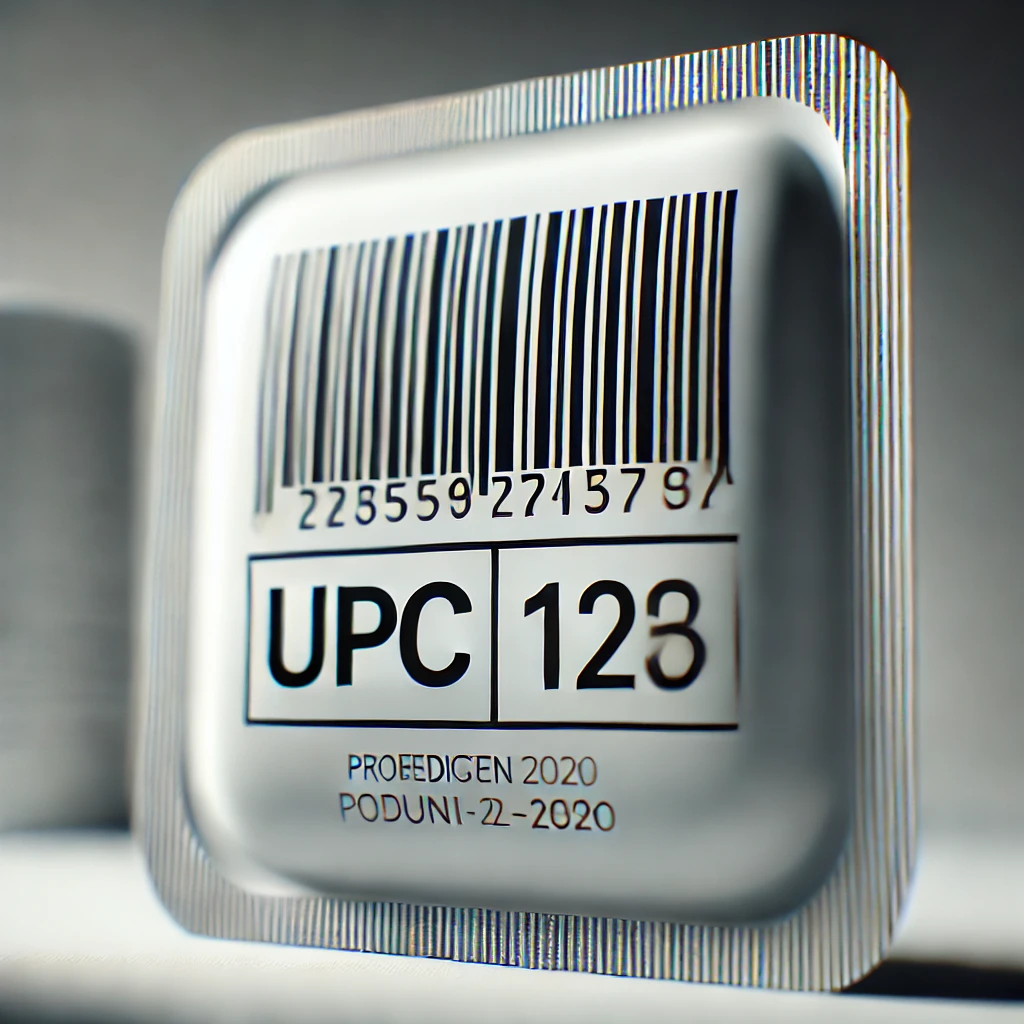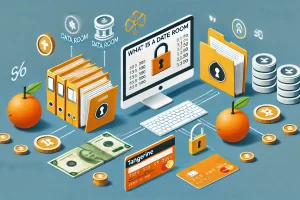What is a UPC Label?
A UPC label, or Universal Product Code label, displays a unique barcode used to identify products in retail environments. The UPC label combines a barcode with a numeric code, allowing retailers to scan products quickly at checkout, track inventory, and manage pricing accurately. In this guide, we’ll explore what a UPC label is, how it works, and why it remains essential for product identification in retail.
1. Understanding the Components of a UPC Label
A standard UPC label includes a few key elements that together provide essential product information:
- Barcode Image: The barcode consists of a series of black and white lines of varying widths. A scanner reads these lines to retrieve product data instantly.
- Numeric Code: Beneath the barcode, a 12-digit number represents specific information about the manufacturer and product.
- Manufacturer Code: The first six digits identify the product’s manufacturer.
- Product Code: The next five digits, assigned by the manufacturer, uniquely identify the product.
- Check Digit: The last digit verifies the code’s accuracy, calculated using a specific formula based on the first 11 digits.
Each UPC label uniquely identifies a product, enabling efficient inventory and sales tracking.
2. How UPC Labels Work in Retail
UPC labels play an integral role in retail operations, especially at the point of sale. Here’s how they work:
- Scanning for Pricing: Cashiers or self-checkout scanners read the barcode, retrieving product information, including price and description, in seconds.
- Inventory Management: Retailers track product stock levels with UPC labels, reducing quantities when items are sold and helping managers know when to reorder.
- Product Lookup and Data Collection: UPC labels help retailers collect data on sales trends, popular products, and seasonal demand, enabling better stock planning and promotions.
UPC labels simplify the retail process, supporting both customer service and internal operations.
3. Why UPC Labels Are Important
UPC labels provide benefits that support retailers, manufacturers, and customers. Here’s why they’re essential:
- Accurate and Speedy Checkout: UPC labels allow for quick and accurate product scanning, reducing errors and enhancing customer satisfaction.
- Streamlined Inventory Tracking: Retailers track inventory levels in real time using UPC labels, making stock management easier and reducing the chances of shortages.
- Standardized Product Identification: UPC labels enable consistent product recognition across regions, ensuring customers receive the correct item regardless of store location.
- Sales Data Analysis: UPC labels provide accurate sales data, helping retailers identify bestsellers, manage promotions, and make data-driven decisions.
These benefits make UPC labels a crucial component of modern retail, streamlining the entire process.
4. Types of UPC Labels
UPC labels come in two main types:
- UPC-A: This standard 12-digit code is used widely for retail products and appears on most items in North American stores.
- UPC-E: This version compresses the UPC-A code into an 8-digit label, ideal for smaller packaging that cannot accommodate the larger UPC-A barcode.
Both types work the same way, with the choice depending on package size and design.
5. How to Get a UPC Label for Your Product
If you’re a manufacturer or retailer, you’ll need a unique UPC label for each product. Here’s how to get one:
- Register with GS1: GS1, a global organization, manages UPC code registrations. After you register, GS1 assigns you a unique manufacturer code.
- Create Product Codes: Use your manufacturer code with product-specific codes to create unique UPCs for each item.
- Generate the Check Digit: Calculate the final check digit using a UPC calculator, ensuring the label’s accuracy.
- Print the Label on Packaging: Display the UPC label clearly on each product’s packaging, making sure scanners can read it easily.
Following these steps allows you to generate UPC labels that retailers can use to track, sell, and restock your products.
6. UPC Labels in Online and International Retail
UPC labels play a role beyond physical stores. Here’s how they apply in online and international markets:
- E-commerce Listings: Major platforms, including Amazon and eBay, often require UPC labels for product listings, ensuring accurate product identification and categorization.
- Global Compatibility: UPC labels work internationally, though they may convert to an EAN (European Article Number) in other regions. Retailers use this compatibility to track products globally.
- Product Verification: UPC labels help online retailers verify product authenticity, particularly for popular or brand-name items, reducing the risk of counterfeit goods.
UPC labels bridge the gap between online and in-store shopping, supporting consistency across sales channels.
Frequently Asked Questions About UPC Labels
- Do UPC labels differ by country?
UPC labels are universal in North America. In other regions, the EAN format, similar to the UPC, provides compatibility for international use. - Can I reuse a UPC label for a new product?
No, each product requires a unique UPC label to avoid confusion in inventory and sales tracking. - What happens if a UPC label doesn’t scan?
A damaged or unreadable UPC label can cause delays at checkout. Retailers may enter the numeric code manually if scanning fails.
Conclusion
UPC labels support retail operations by providing a quick and reliable way to identify products, manage inventory, and track sales. These 12-digit labels remain essential for retailers, allowing accurate and efficient processes that enhance the shopping experience. By understanding the structure and purpose of UPC labels, you can appreciate their role in creating a seamless retail environment.






